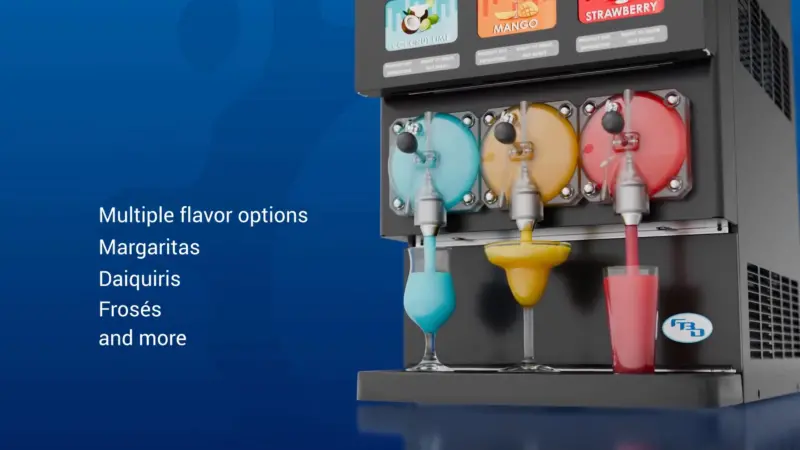Restaurant’s Digital Embrace Enhances Experiences
Food is serious business. Now, on The Main Course, host Barbara Castiglia will invite insiders on the front lines of food to share their expertise, strategies, and forecasts for navigating the ever-changing restaurant industry.
Digital channels were already gaining traction in the restaurant industry before the pandemic, but COVID-19 forced many restaurants to adopt and retool technology to meet new consumer demands, ensure safety and drive revenue.
Hope Neiman, CMO at Tillster, which helps restaurants with digital technology, shared her thoughts on the evolving dining consumer with host Barbara Castiglia on this episode of The Main Course.
“The pivot this year has been new customers adopting digital, but also more in the second-stage tools, which is how they make sure they’re getting the most out of their tools,” Neiman said.
While many companies had digital platforms for ordering and delivery, an expansion of tools occurred in 2020.
“Technology to expand curbside or bring-to-table and the use of kiosks for ordering were all part of maximizing what’s possible for restaurants,” Neiman commented.
Restaurants have often been slow to change, but now it’s essential to deliver multi-channel experiences. Technology supports the consumer journey in many ways.
“Consumers have had the big ‘Aha!’ [moment] with digital channels and expect the same experiences from their favorite restaurant brands,” Neiman added.
Along with platforms, kiosks and applications, data is also driving the dining experience.
“Restaurants now have the opportunity to see the customer journey,” Neiman noted.
Data enables marketing to collective segments to personalize, growing each piece to its maximum. It gives clues to the customer relationship, not just numbers. It also doesn’t take away from the guest experience – it addresses it.
“Data helps you create easy opportunities for the customer to come back, like programs that you can make a purchase this month and get a coupon for one next month. It’s also in practice for in-restaurant activities, like virtual menus, ordering by phone, calling the server over and paying,” Neiman explained.
Data and technology work together to help the industry personalize messaging and illustrate the customer’s value, which is what hospitality is all about.




